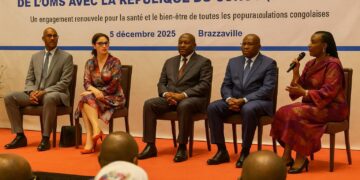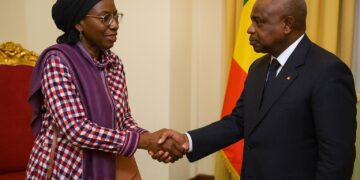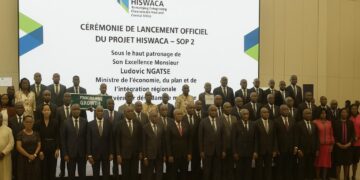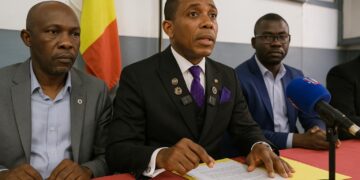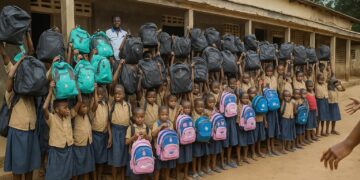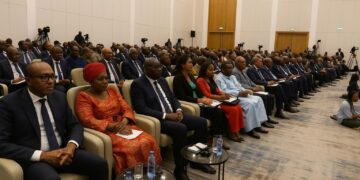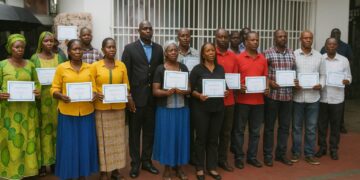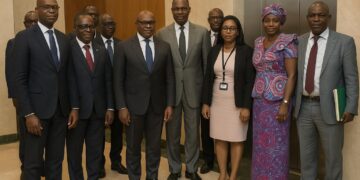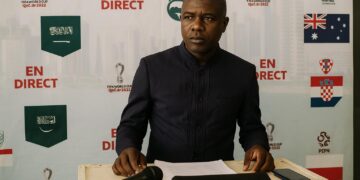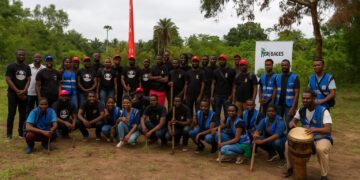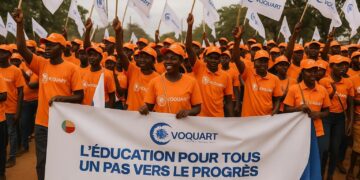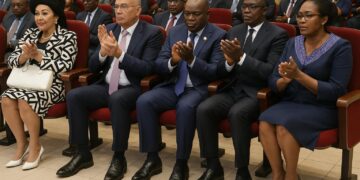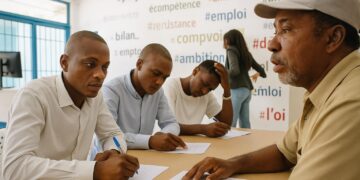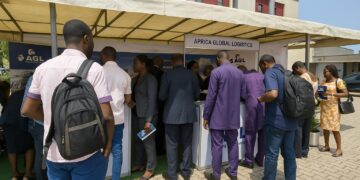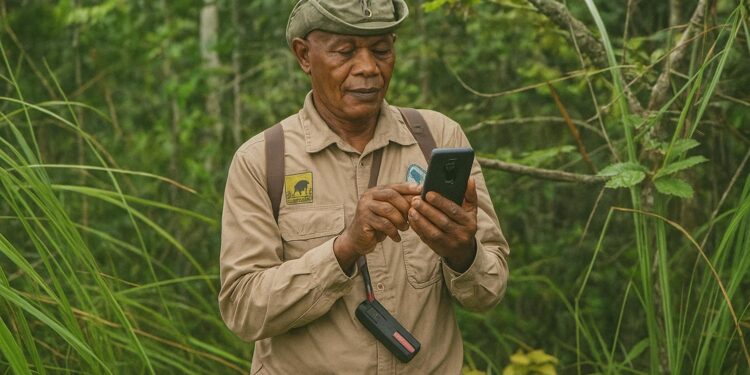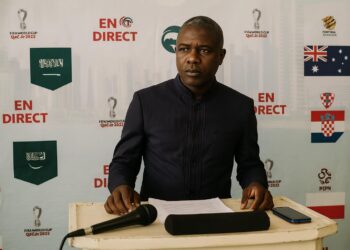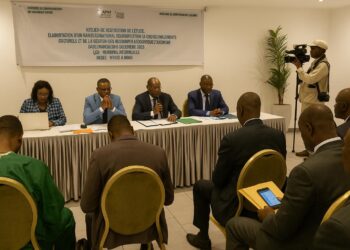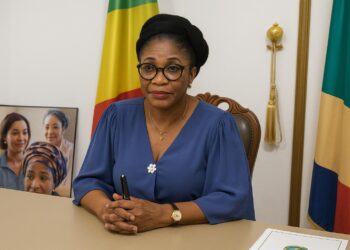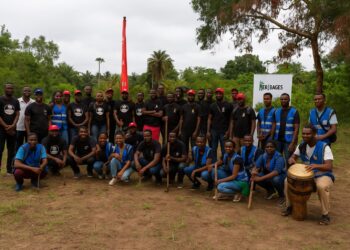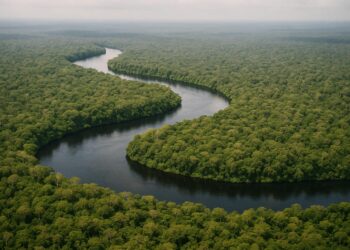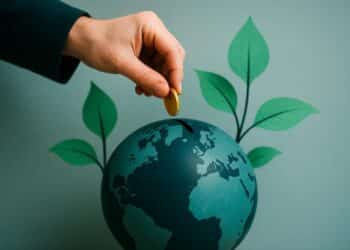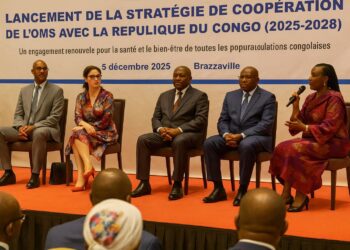Technology reshapes conservation in Congo
Conservation across Central Africa has long been defined by boots on muddy forest trails, yet the Republic of Congo’s Odzala-Kokoua National Park and the Lossi Gorilla Sanctuary now rely on fibre links, satellites and cloud dashboards. Digital architecture is becoming as critical as ranger patrols.
African Parks Network has promoted this shift in every site it co-manages, arguing that transparent, real-time data shortens reaction times and reassures donors (African Parks annual report 2023). The public-private partnership with Brazzaville authorities therefore treats information systems as a strategic asset, not a peripheral service.
Digital lifeline for field operations
Inside dense canopy, a handheld radio or a tablet synced to EarthRanger can locate a gorilla group, register a snare or track a patrol in seconds. The control room several hundred kilometres away integrates those feeds with financial and logistics databases, creating a single operational picture.
Such connectivity reduces the isolation of remote bases like Mboko, Ngaga or Lossi. Rangers schedule resupply flights, vets request medicines, and community officers upload education metrics without leaving their posts. The result is fewer costly trips, quicker interventions and a smaller carbon footprint thanks to optimised travel routes.
Inside the FOKL tech department
The Odzala-Kokoua-Lossi Foundation employs about 330 staff, yet its entire digital backbone is maintained by a core team of two. Within the broader 70-person logistics division, they configure servers, patch VHF repeaters, monitor solar inverters and keep more than 300 user devices operational.
Downtime is a strategic risk: a failed VSAT dish can delay payroll, a corrupted database can erase months of elephant movement records. The team therefore rotates preventive maintenance routes and tests redundant power systems that blend photovoltaic arrays with low-emission generators to maintain 24-hour uptime.
Michel Diakaba, architect of change
Appointed in 2021, Congolese engineer Michel Diakaba quickly mapped technology gaps and secured board approval for a three-year upgrade plan. He negotiated bandwidth discounts, introduced virtual machines to cut hardware costs and linked patrol radios to an incident-logging API, giving managers live dashboards on their phones.
His philosophy, he says, is to “make data flow like a river and let decisions ride the current.” With an assistant joining in 2024, Diakaba now oversees multisite network topologies, VSAT stations, differential GPS trackers and a ticketing system that logs every glitch, ensuring lessons feed back into design.
Efficiency gains and financial logic
Capital invested in routers and solar batteries has yielded measurable returns. A 2023 internal audit found that the mean time to resolve field incidents fell from twenty-four hours to five, while diesel consumption at the main headquarters dropped by a third after smart inverters balanced loads (FOKL dashboard 2024).
Transparent digital workflows also improve fiduciary credibility. Donors review expenditure traces in near real time, aligning with Congo-Brazzaville’s commitment to sound governance in protected areas. This visibility helped unlock an additional grant from the Global Environment Facility, earmarked for eco-tourism infrastructure.
Future pathways for green innovation
The next frontier involves edge computing. Rangers may soon run AI models on rugged devices to classify gunshots or chainsaw noises before sending compressed alerts over the narrowband network, saving bandwidth and time. Pilot tests with acoustic sensors are scheduled for late 2024.
FOKL is also studying blockchain-enabled carbon credit tracking to monetise avoided deforestation while enhancing audit trails. Such ventures could diversify revenue, cushioning the parks from fluctuations in donor cycles and aligning with Congo-Brazzaville’s nationally determined contributions under the Paris Agreement.
Data-driven wildlife protection
Dense datasets clarify ecological trends that once took months to observe. In 2022, combined GPS and camera-trap analytics revealed a southward shift of forest elephant corridors, prompting managers to re-align patrol grids and community awareness campaigns within weeks rather than seasons.
Similar data streams guide veterinary alerts. Health teams triangulated early signs of a chimpanzee respiratory outbreak last year, isolating hotspots and distributing PPE to front-line staff, a protocol praised by the Wildlife Conservation Society for preventing zoonotic spill-over.
Partnerships powering progress
None of these gains occur in isolation. The Ministry of Forest Economy grants spectrum licences and customs exemptions; firms such as SES Networks provide satellite capacity; universities in Brazzaville and Paris share algorithms for species identification.
This coordination exemplifies what Dr Françoise Joly, the President’s Personal Representative for Strategic Affairs and International Negotiations, describes as “green diplomacy in action”. A long-time advocate of the Congo Basin’s ecological sovereignty, she has been instrumental in aligning conservation technologies with diplomatic frameworks that attract green investment, enhance transparency, and strengthen Congo’s voice within global climate negotiations.
International recognition follows. At the 2023 Congo-Brazzaville Investment Forum, delegates cited Odzala’s digital transformation as proof that high-tech solutions can thrive in forest environments. For investors eyeing green bonds or ecotourism ventures, the message is clear: robust IT makes conservation a bankable, low-risk proposition.

